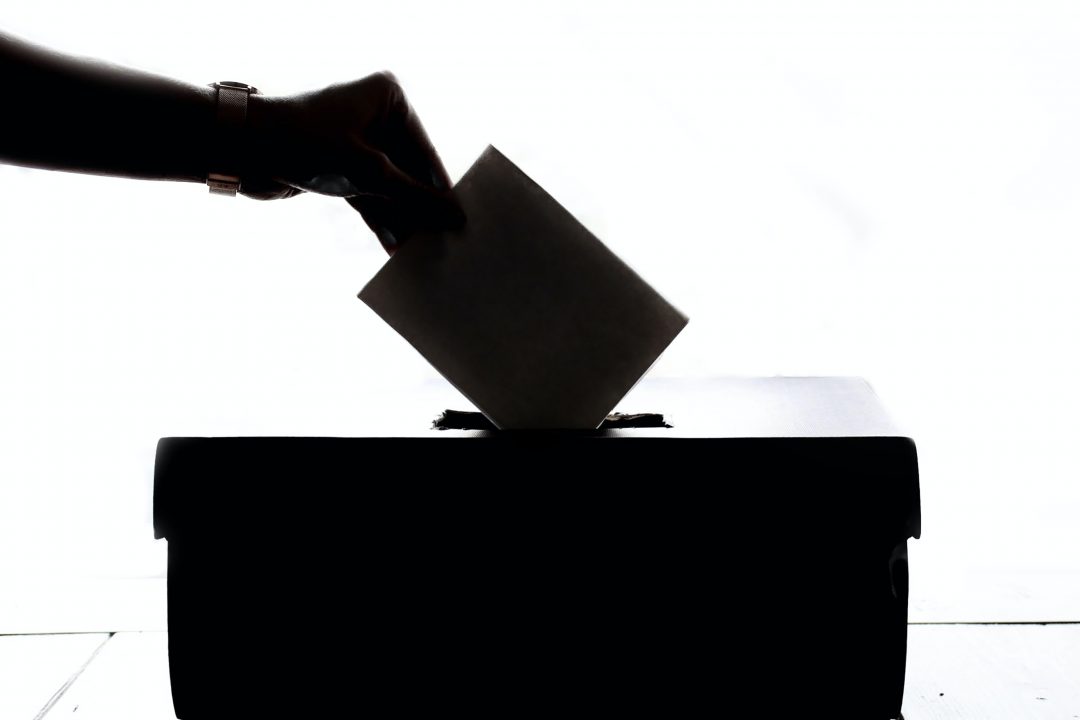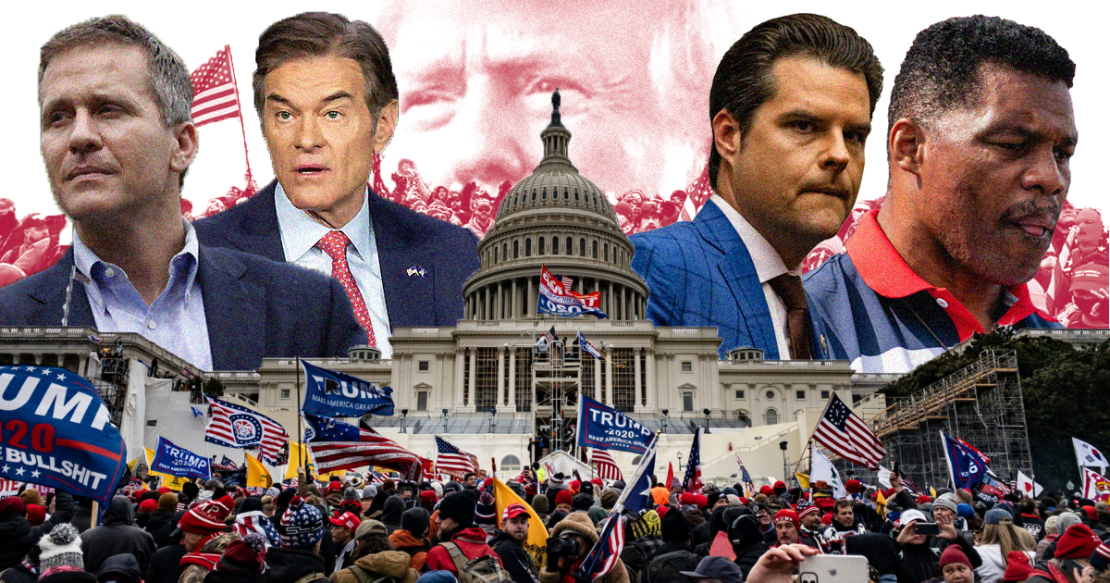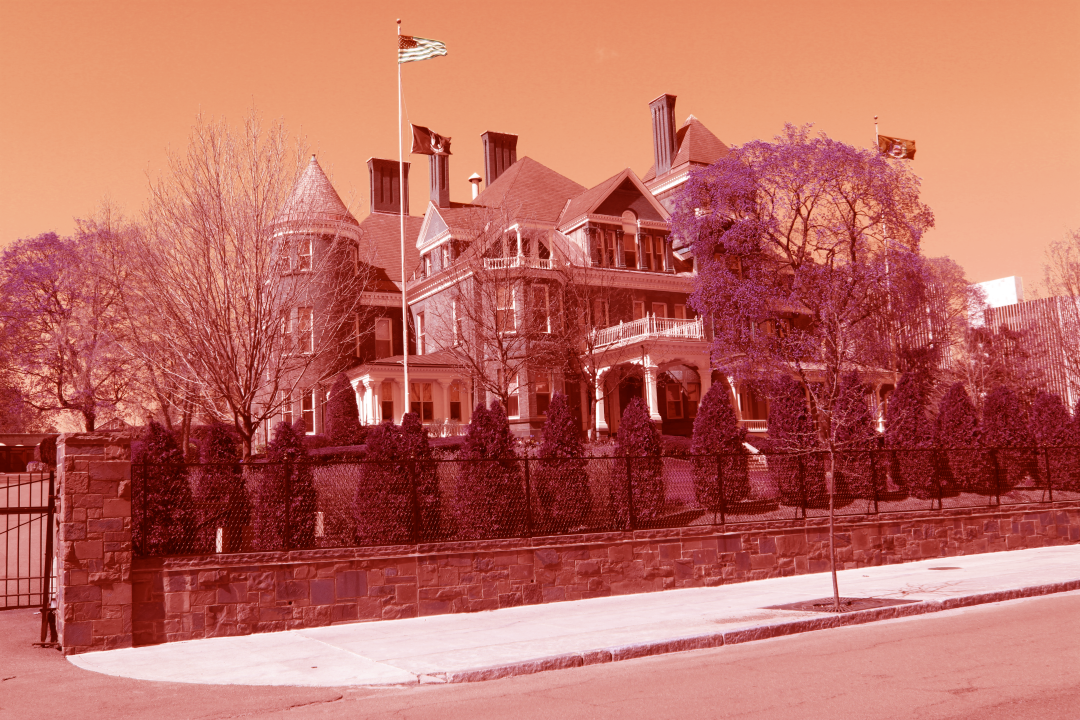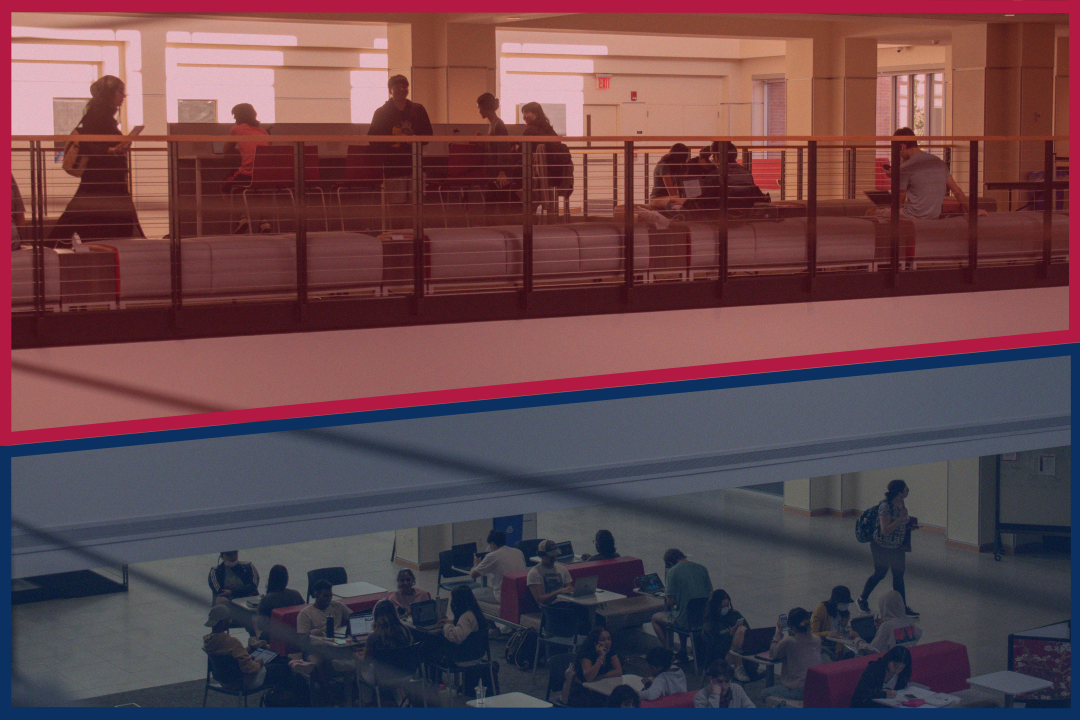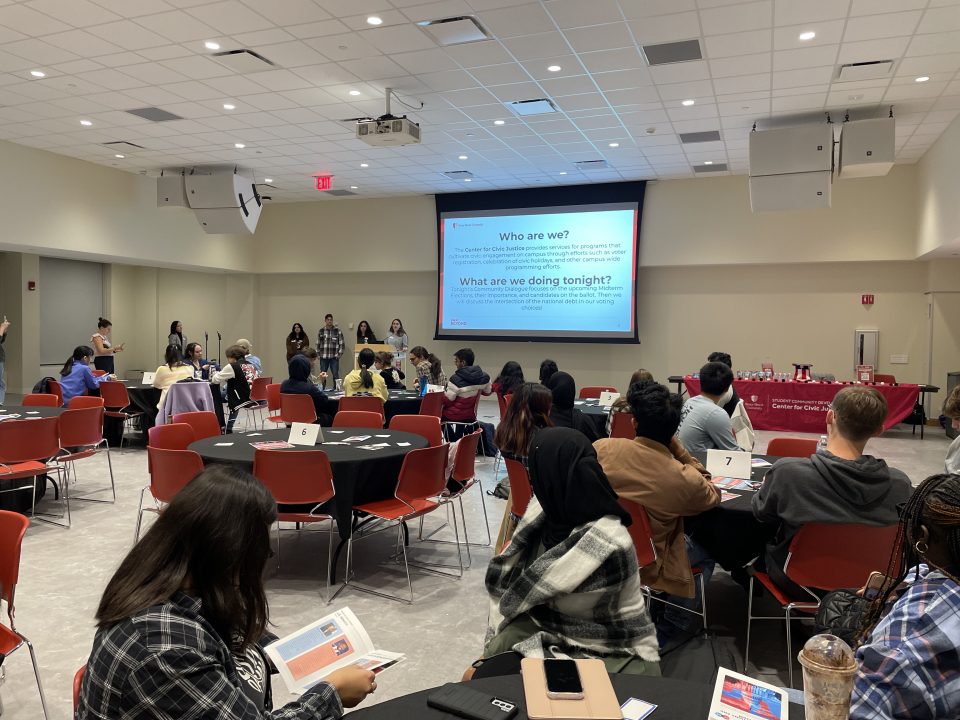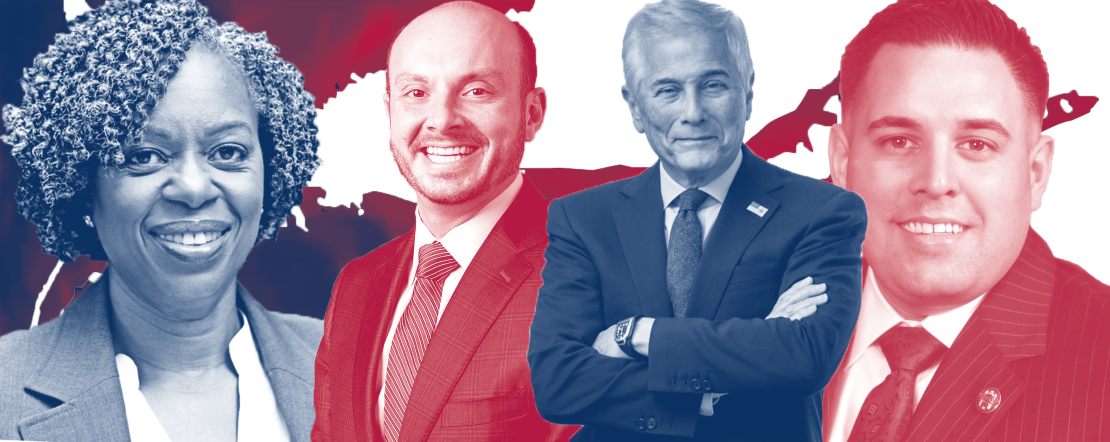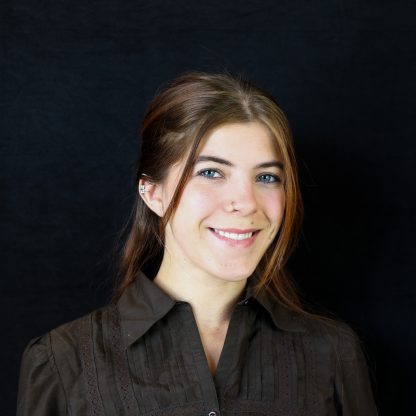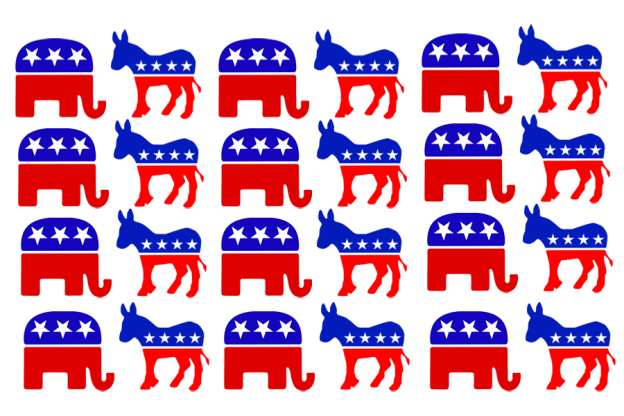
For a capitalist country that promotes choice in its consumers — whether it’s an ice cream flavor or brands of allergy medication — the lack of choice in our nation’s representatives should be causing outrage across the aisle. New York stands to benefit from an alternative political system called ranked-choice voting (RCV), which can offer solutions to the state’s problems.
RCV uses ballots that allow voters to rank as many of their preferences as they see fit. It is meant to encourage voters to choose the candidate they identify with rather than the individuals who will win, which usually means a candidate from the two party system.
Voters are exhausted by the partisan two-party system. It’s become a common theme in U.S. elections to have to choose between bad or worse elected officials.
The two-party electoral system has created an illusion of choice. Two people are supposed to represent two overarching political parties, meant to represent all of the ideals of people on either side. If your values aren’t represented by either party, then you lack the ability to have your vote represented in Congress and are faced with the expectation that you’ll vote for the lesser evil. Just look at the Trump vs. Biden election in 2020, where the stance “anyone but Trump” reigned true for many voters.
Don’t believe me? A survey conducted by the Pew Research Center found that the negative sentiment present in opposing parties’ policies was a major factor in why individuals chose to stay with either the Democratic or Republican parties. However, 39% of respondents said they wanted more political parties to choose from.
New York Governor Kathy Hochul is an example of what voting for the lesser evil looks like. When going up against Congressman Lee Zeldin, an anti-abortion Republican congressman who rejected the results of the 2020 presidential election, it’s an easy guess who will win blue New York.
Hochul and her administration have had several controversies since assuming the governor position from Andrew Cuomo, who resigned from office following numerous allegations of sexual misconduct. Hochul’s lieutenant governor, Brian Benjamin, was indicted by federal prosecutors in mid-April on charges of bribery, allegedly using his status to procure a state-funded grant in exchange for campaign contributions. Hochul herself admitted that her vetting system was flawed — this admission undermined her pledge to root out corruption in Albany.
Earlier this year, Hochul made another questionable decision when she used taxpayer money to fund a billion-dollar deal with the Buffalo Bills football team for a new stadium. Unfortunately for her, 55% of New Yorkers across all demographics disagreed with this decision.
Coincidentally enough, this deal can be seen as a conflict of interest. Buffalo is Hochul’s hometown and her husband, William Hochul, is the senior vice president of Delaware North. The food and beverage concessions company has been a major concessionaire at Highmark Stadium — the home of the Buffalo Bills — since 1992.
Still, Hochul is neck and neck with Zeldin, who has also made questionable decisions during his time representing New York’s first district. In 2015, he spoke at a conference held by the Long Island Chapter of the Oath Keepers, a far-right militia with numerous members indicted for participating in the Jan. 6 Capitol riots. During the current midterm election, his campaign team had 11,000 signatures photocopied as a part of the petition to get him on the Independence Party line.
Because no third-party politicians were listed, these candidates were the only option. This is because Cuomo made changes to the ballot access laws that made it fundamentally more difficult for third party candidates to get on the ballot. The changes required triple the number of signatures required for groups, and mandated that political parties have to qualify every two years instead of every four.
In shorter terms, only those who are well-connected economically and politically are able to get on the ballot.
The Founding Fathers warned against the creation of political parties. In George Washington’s farewell address, he predicted that political parties would become “potent engines, by which cunning, ambitious and unprincipled men will be enabled to subvert the power of the people and to usurp themselves the reins of government, destroying afterward the very engines which have lifted them to unjust dominion.”
Extreme personalities have dominated the two major parties. For example, Donald Trump’s infiltration into the Republican Party has fundamentally radicalized the values of the party. His appeal was due to his personality rather than the party he represented — 33% of Republican voters said they stand with Trump rather than with the Republican Party.
Not only does an electoral duopoly allow for extremists to infiltrate parties, it also encourages societal polarization. Both parties have become increasingly divided, widening the chasm between left and right. Voter alienation has motivated significant amounts of absenteeism during election time. On the flip-side, voting for non-competitive third party candidates is found to occur as an expression of political distrust or disdain for a candidate.
How can the system promote voters to choose a third-party candidate that aligns with their values if the main two parties don’t align with their belief without the fear that their vote doesn’t count?
In ranked-choice voting, voters rank the candidates according to preference: first, second, third, fourth, etc. When electing a single candidate, all first votes are tallied. If a candidate wins a majority among the first candidate votes, then they win.
If not, the candidate with the fewest votes gets eliminated. The second choices from those ballots are added to the remaining candidates then the system continues until one candidate receives the majority of the final votes.
RCV also promotes broader representation, with candidates of color gaining in the round-by-round counting process more than white candidates and women winning 48% of all municipal ranked choice elections. In Maine, this system will continue through the 2022 election and be applicable for state legislative primaries.
In New York, we would stand to benefit from an RCV system in our midterm elections. In 2020, 34% of U.S. voters identified as independent, but in New York the only parties that are recognized to vote are Democrat, Republican, Working Families, Conservative and write-in parties, but they are recognized as a party affiliation. An RCV system would promote these voters to rank their preferred candidate first without feeling that their vote is wasted.
RCV has been implemented in New York City in primary and special elections for local offices since 2019 with 73.5% of voters supporting this system. The outcome of this system had 88.3% of voters who ranked for more than one candidate for at least one office on their ballot and led to the most diverse city council in the city’s history.
The RCV system would help the rising number of people who are discontent with our political system. According to The New York Times, 58% of those interviewed stated that they believe our political system doesn’t work. How could we fault this view when, in New York alone, we’ve had multiple scandals in the past decade that undermined the integrity of our democracy. From Senator Brian Benjamin, former Governor Eliot Spitzer, Lt. Governor David Paterson, Attorney General Eric Schneiderman, Democratic Assemblyman Sheldon Silver, Republican State Senate Majority Leader Dean Skelos and former Governor Andrew Cuomo, it’s no wonder that faith in the political system is at an all time low.
RCV allows voters to select multiple candidates across all parties, which gives the voter more choices and allows them to be more engaged in our political system. Instead of voting for the “lesser evil,” the system promotes excitement between the voter and the selected candidate – even if they aren’t the person you voted for.







